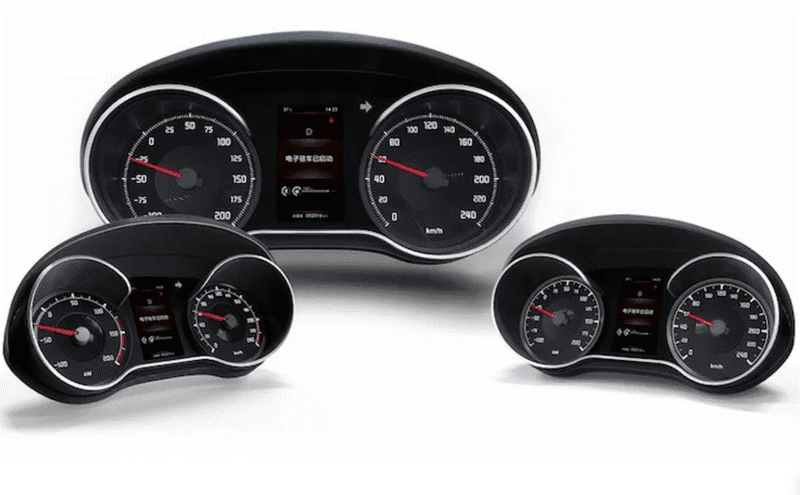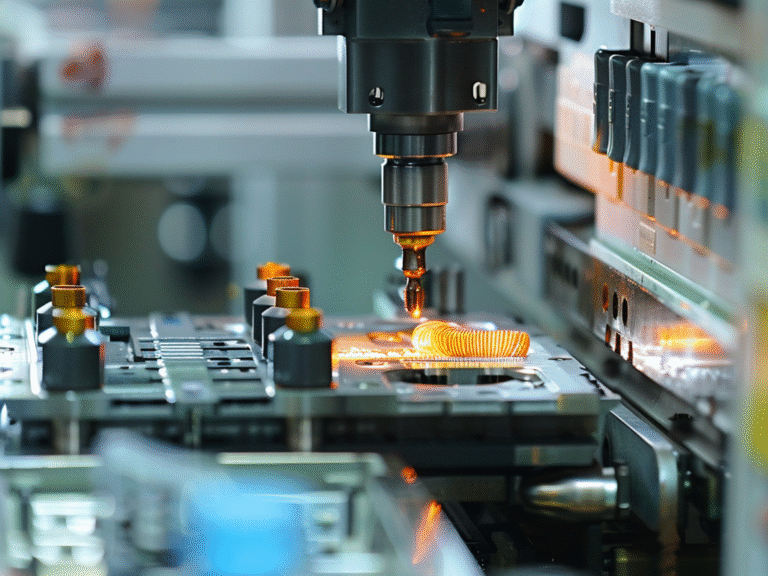Introduction
A variety of products can be made using the adaptable manufacturing process of injection molding. The right handling of the plastic material however has a significant impact on the products longevity and quality. Pre-processing is a critical step in injection molding and involves various techniques to ensure the plastic is in optimal condition for molding.

Annealing is one important pre-processing method. The heat treatment procedure known as annealing entails heating the plastic to a predetermined temperature and then gradually cooling it. Internal tensions that might have arisen during the production or processing of the plastic material are reduced by this procedure. These stresses may cause the molded parts to warp crack or experience dimensional instability. The general performance and quality of injection molded products can be enhanced by manufacturers by annealing the plastic.
Understanding Annealing
An item is heated to a predefined temperature and then progressively cooled using a heat treatment procedure known as annealing. This process is widely applied in materials science and metallurgy to modify material ductility and other microstructural properties.
A material’s primary objective during annealing is to decrease internal stresses. These stresses can be brought on by a variety of factors including manufacturing processes and quenching cold working. Internal tensions are released when heat causes a material’s atoms to rearrange themselves into a more relaxed configuration.
When preparing materials, annealing has various advantages. It can increase the materials malleability and ductility which will facilitate shaping or forming. Annealing can also increase a materials toughness which lowers the materials vulnerability to brittle fracture. Moreover, this procedure can improve the materials mechanical qualities and homogeneity by refining its grain structure.
Stress Relief Mechanisms
Annealing effectively alleviates internal stresses within a material by employing several mechanisms. One of these mechanisms is recovery. During recovery, dislocations (defects in the crystal structure) move and rearrange themselves, reducing the overall stress level. Another mechanism is recrystallization.
During the process of recrystallization, the material forms new stress-free grains to replace the broken old ones. Annealing greatly improves material formability by lowering internal stresses. The property of a material that allows for deformation without breaking is called formability.
Because internal stresses can act as stress concentrators, they increase material vulnerability to failure during the forming process. Annealing reduces these stresses which enhances the materials overall formability by enabling it to deform more without breaking.
Optimizing Process Parameters
Carefully choosing and managing process parameters is essential to annealing’s efficacy in reducing stresses and enhancing plastics qualities. Time, temperature, and cooling rate are some of these parameters.
- Since temperature controls the amount of atomic mobility, it is an important factor. The ideal annealing temperature ranges vary depending on the type of plastic. For instance, in order to encourage recrystallization crystalline polymers like nylon might require higher temperatures.
- Time is yet another crucial factor. Grain growth and stress relaxation require enough time to happen.
- Another factor is cooling rate. In general, slow cooling is recommended to avoid creating new stresses while cooling.
Manufacturers can optimize their material properties and raise the overall quality of their products by carefully weighing these factors and customizing the annealing process for each type of plastic.

Impact on Material Properties
Improved performance and appropriateness for particular applications are among the many material properties that are greatly enhanced by annealing. Increased ductility is among the most prominent advantages. A material is said to be ductile if it can withstand plastic deformation without breaking. Annealing increases material pliability and reduces its vulnerability to brittle failure by releasing internal stresses.
Annealing also has the benefit of lessening warping. Materials will warp if they experience internal stresses or uneven cooling. By reducing the possibility of warping and enhancing the materials dimensional stability, annealing aids in the equalization of these stresses.
Annealing can improve machinability too. The term machinability describes a materials capacity to be shaped or cut through a variety of machining techniques. Annealing can facilitate machining and minimize tool wear by lowering hardness and enhancing the materials cutting properties.
Equipment & Setup
To get the best results, choosing the appropriate tools and establishing a regulated annealing procedure are crucial. The main piece of machinery used to heat and cool materials during annealing is a furnace. The materials’ unique requirements and the temperature range that is needed determine which furnace is best. For example, convection ovens work well for heating plastics but electric resistance furnaces are frequently used to anneal metals.
Additionally, essential to maintaining exact control over the annealing process are monitoring systems. Throughout the heating and cooling cycles, temperature is monitored and recorded using temperature controllers and recorders. These mechanisms assist in preserving the proper temperature and guard against overcooling or undercooling. To stop oxidation or other unwanted reactions, atmosphere control systems might also be required for some materials.
Quality Control Measures
Quality control procedures should be followed both before and after the process to guarantee annealing efficacy.
- Verifying the material’s initial state and detecting any flaws or abnormalities can be done through pre-annealing inspections.
- Inspections conducted after annealing can evaluate the materials characteristics including its hardness, ductility, and microstructure to ascertain whether the annealing process produced the intended effects.
- To further ensure that the material has not undergone severe distortion or warping, dimensional measurements can be obtained.
Case Studies
Annealing has proven to be highly effective in improving the quality and performance of complex moldings.
- Annealing is used in the automotive industry to reduce warping and improve dimensional accuracy of large plastic components like dashboards and door panels.
- The aerospace industry uses the annealing process in order to increase metal parts ductility and fatigue resistance and ensure the structural integrity of aircraft components.
These highlight the annealing process major advantages across a range of industries.

Challenges & Solutions
Inadequate cooling rates temperature swings and uneven heating are common annealing problems. It is imperative to use top-notch furnaces with accurate temperature control to get past these obstacles. Maintaining a consistent heating environment can also be aided by having enough ventilation and insulation.
Furthermore, any potential problems can be resolved with close observation of the annealing procedure and the application of troubleshooting methods like modifying the heating or cooling rates.
Future Trends
It is anticipated that developments in annealing technology will propel further advancements in precision mold manufacturing. Two methods that show promise for more specialized and regulated heat treatment are laser annealing and induction heating.
Furthermore annealing processes can be optimized to use less energy and produce higher-quality products through the development of predictive analytics and intelligent monitoring systems. The growing need for precise and superior molded parts will be met in large part by these innovations.
External links:
https://en.wikipedia.org/wiki/Injection_moulding
https://en.wikipedia.org/wiki/Annealing_(materials_science)
https://www.academia.edu/19563186
https://www.researchgate.net/publication/327746773_Annealing
https://www.boconline.co.uk/en/images/Principles%20of%20Annealing_tcm410-114379.pdf






One Response
I don’t think the title of your article matches the content lol. Just kidding, mainly because I had some doubts after reading the article.